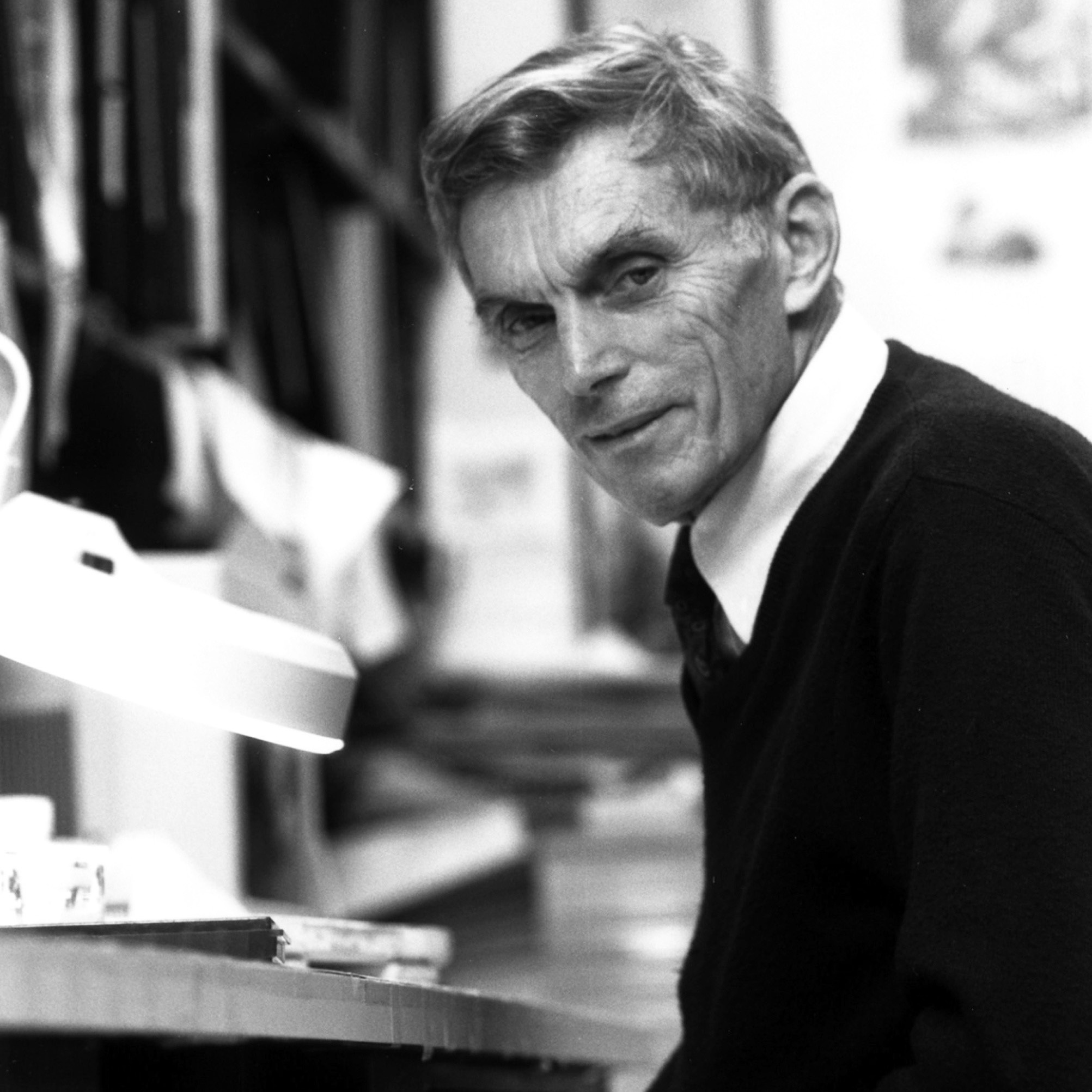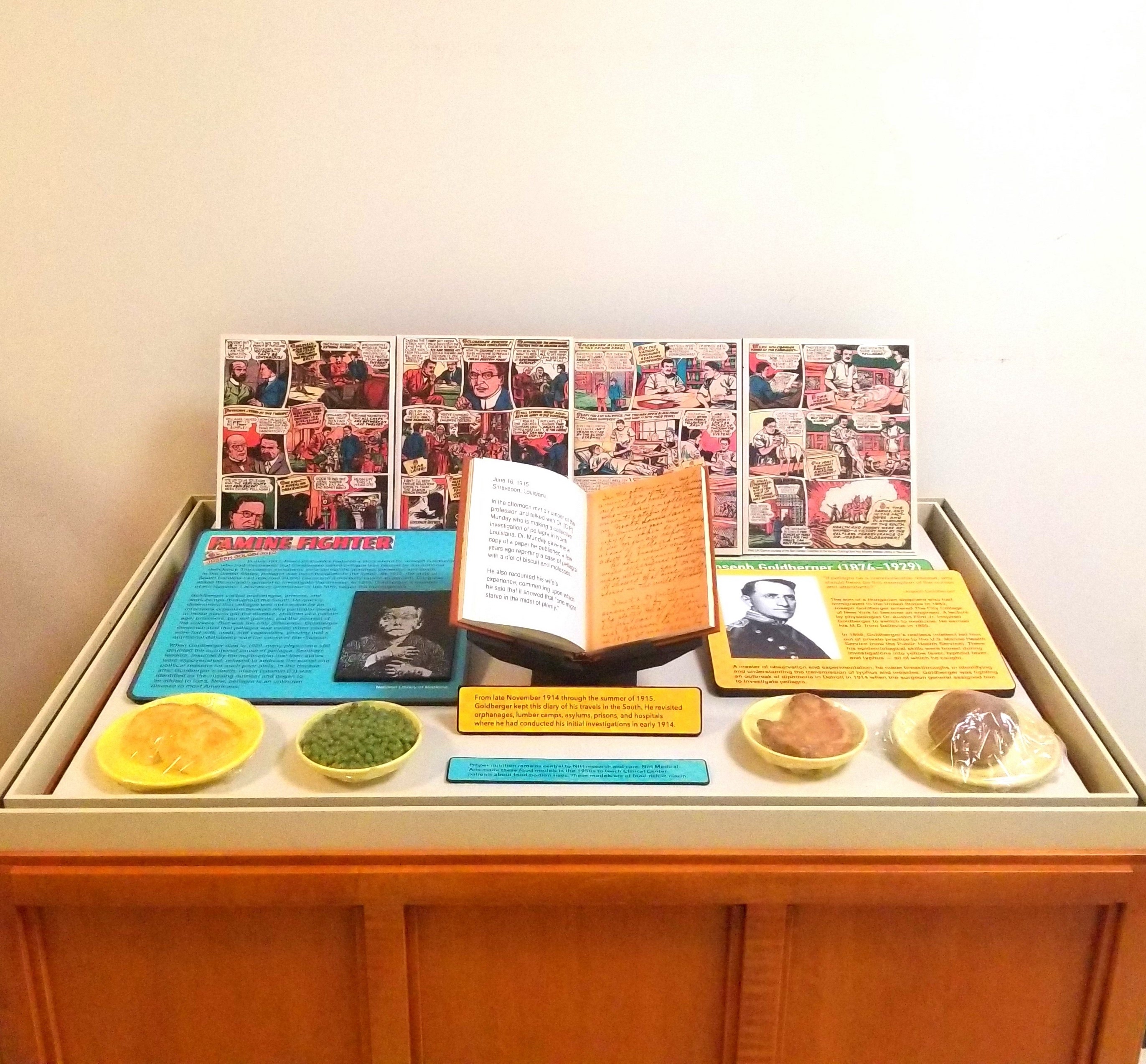People Exhibits Gallery
How are proteins made? How do they fold, and what role does structure play in their function? Chris Anfinsen's investigations answered these questions; they also led to a Nobel Prize.
Michael Potter investigated the twin questions of what causes cancer and how we produce the antibodies called immunoglobulins which protect us from disease.
Explore the Nobel Prize-winning work of Marshall Nirenberg, who deciphered the genetic code with the help of NIH colleagues, enabling genetics to become a central scientific field.
The scientific power couple of Thressa and Earl Stadtman developed a unique way to train scientists; they each made significant scientific contributions too.
Learn about the first person to describe the nervous system, including intricate neurons, in exquisite and artistic detail was Santiago Ramón y Cajal.
Dr. Joseph Goldberger discovered the cause of pellagra, a disease that killed many poor Southerners in the early part of the 20th century. His finding that pellagra was caused by a diet deficient in vitamin B was met by political and social resistance.
Margaret Pittman
Margaret Pittman arrived at NIH in 1936, beginning a career that would span 57 years and make her an internationally renowned expert on vaccines and serums, as well as the first female laboratory chief at the NIH.
Harry Truman
See photo albums from the 1948 Open House at NIH, which helped explain the Clinical Center concept to the public, and President Harry Truman's laying of the hospital's cornerstone in 1951.
Howard Bartner, an NIH medical illustrator, devoted 40 years to portraying human anatomy in his drawings.
Is there a disease? What causes it? Can we prevent, treat, or cure it? Roscoe Brady's research into Gaucher's disease answered all three questions.
Studying hormones, Martin Rodbell discovered how cells respond to signals, explaining how our body makes sense of the world. For his work he was awarded a Nobel Prize.












